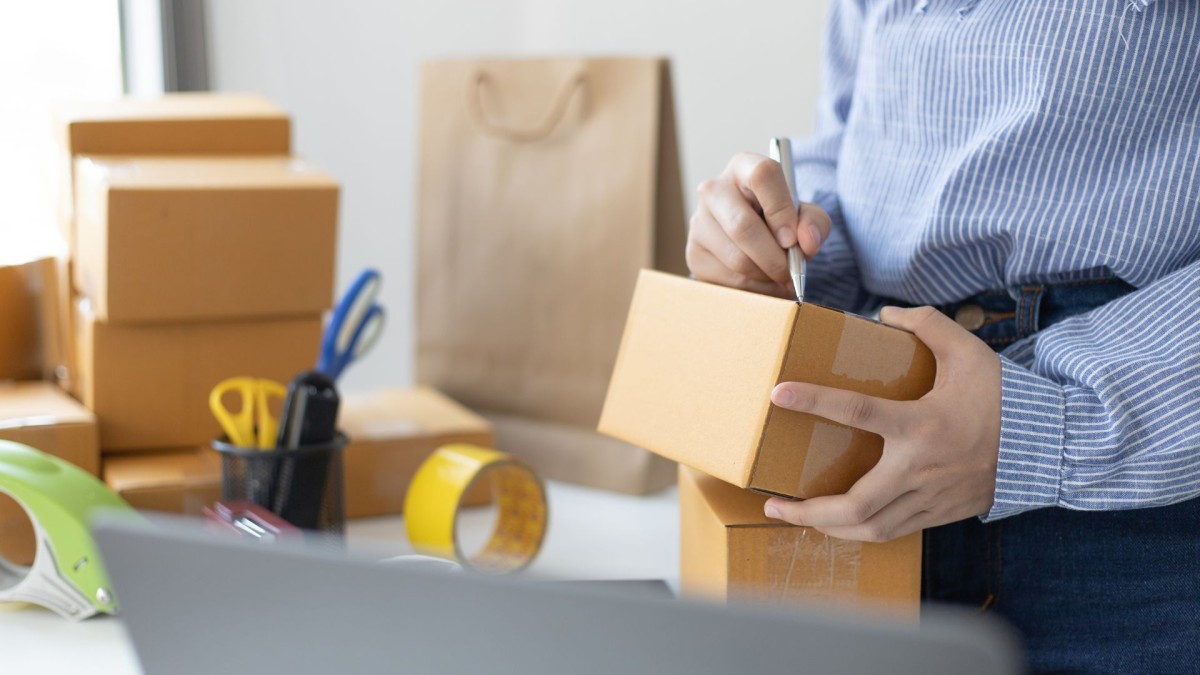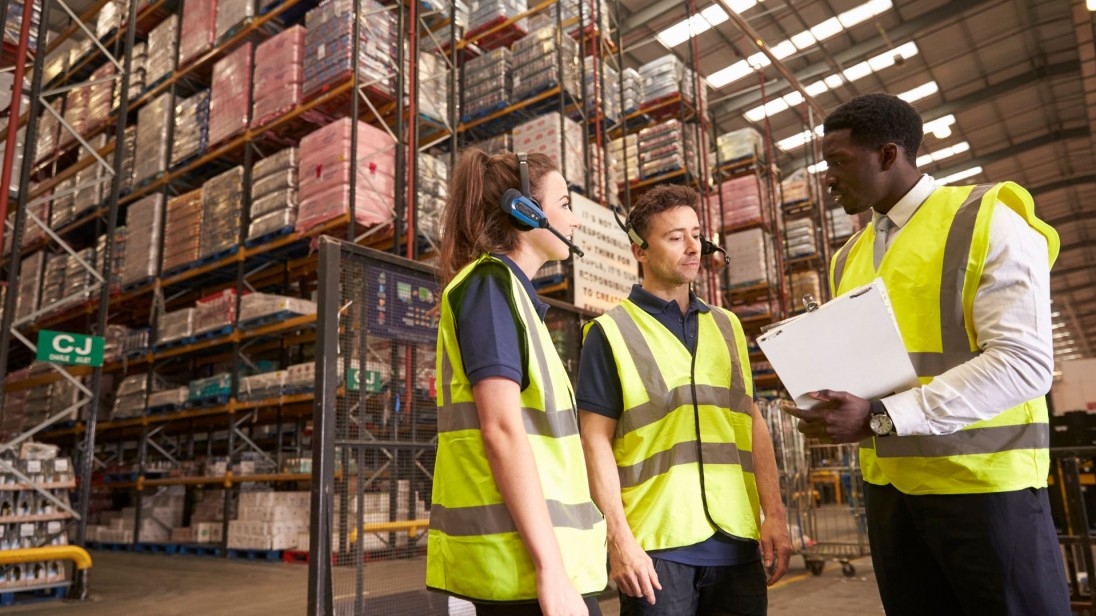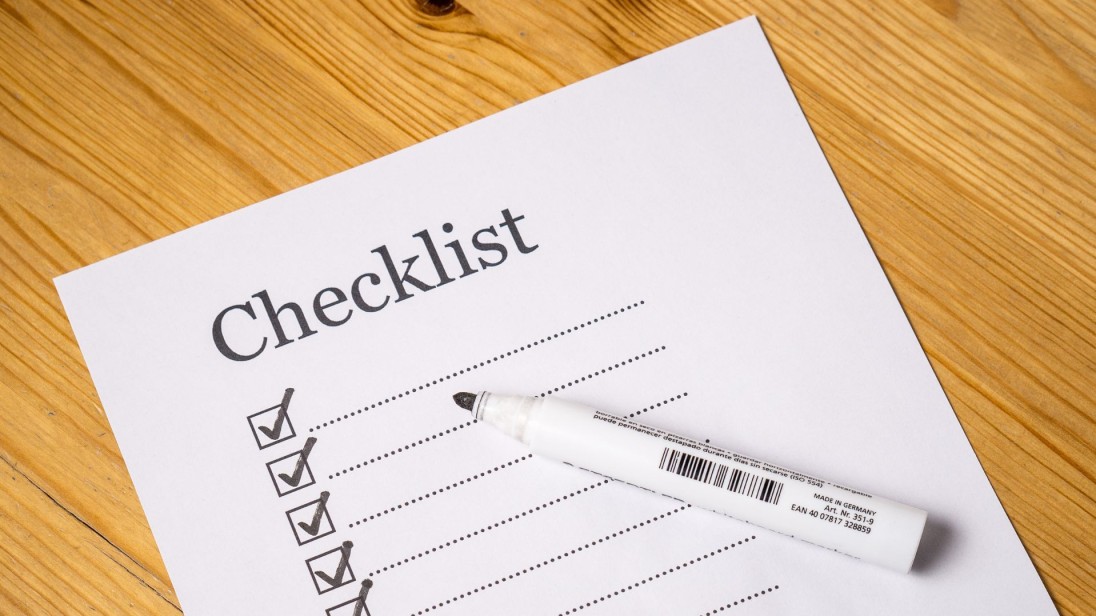The secret behind every great business is one decision. If you have been considering starting an Amazon business, then now is a good time. There are over 300 million active customers on Amazon globally, and most of the online product searches start with Amazon. This implies that when you post a product on Amazon, you immediately make it accessible to buyers who intend to buy.
The potential is huge, yet so is the competition. Over one million new sellers sign up on Amazon each year, but the majority fail to make it due to not following the fundamentals. They choose items with no actual use, never establish a brand, or underappreciate the effect of reviews and credibility. The great news is that you do not have to make those mistakes again.
This step-by-step guide will show you the best way to start an Amazon business. You will learn how to do product research, how to set up your account, how to source, brand and market.
1. Spot Your Winning Product Before You Start an Amazon Business

The first step in starting an Amazon business is choosing the right product. Without a strong product, even the best branding or ads will not save your store. Successful Amazon sellers focus on items that have consistent demand, low to medium competition, and healthy profit margins.
Product research is not about guessing. It’s about using data. Tools like Jungle Scout, Helium 10, and AMZScout can help you see what buyers are already searching for, what competitors are selling, and how much opportunity exists in a niche.
A “good” Amazon product usually checks three boxes:
- Steady demand so you can make regular sales.
- Low competition so you are not buried under big sellers.
- Profitable margins so ads, fees, and shipping costs don’t eat all your revenue.
If you want the best way to start an Amazon business, spend time here. Choosing the right product early will make every other step easier.
2. Open Your Amazon Seller Account the Right Way

The second step to start an Amazon business is creating a seller account when you have a product idea. Without this, you are not able to list or sell. The two basic types of accounts offered by Amazon are Individual and Professional.
- Individual Account – Best to get your toes wet. You are charged a small amount per sale, whereas there is no subscription fee.
- Professional Account – Ideal to take someone interested in starting an Amazon FBA business or growing in one very seriously. It includes a monthly subscription fee, but it also offers advanced tools, reports, and advertising capabilities.
Amazon often requires:
- Government-issued ID (passport, driver's license or national ID).
- A bank account to which your go-payments are being deposited
- Tax details (depends on the country).
- A legit phone number and business information.
- Note that not all requirements are universal (such as tax IDs or VAT registration). Sellers based in the U.S., the U.K., and the EU can be subject to various compliance checks.
3. Set Up Your Legal and Business Foundation

Before you fully start an Amazon business, it is important to decide how you want to legally structure it. This choice affects your taxes, your protection, and even the trust customers place in your store.
The most common options are:
- Sole Proprietorship: Simple setup with low cost, but your personal assets are not protected. If you are unsure whether this structure is right for you, it helps to compare sole proprietor vs LLC to understand the differences.
- LLC (Limited Liability Company): A popular option for Amazon sellers because it separates personal and business assets, offering more protection. Setting up an LLC also makes it easier to open a business bank account for LLC, which is an essential step to keep personal and business finances separate.
- Corporation: Usually chosen by larger businesses with long-term growth plans.
Tax considerations are also important when starting an Amazon FBA business. Depending on your country, you may need a tax ID, VAT registration, or sales tax permits. Taking advice from a tax professional early can prevent problems later.
You should also check your business name and trademark availability. A unique name and registered trademark not only protect your brand but also allow you to join Amazon Brand Registry, which unlocks stronger tools for scaling.
Brand protection may not feel urgent when you are new, but securing it early ensures no one else can copy your products or logo once sales start growing.
4. Branding Your Amazon Business

Branding is one of the most powerful ways to stand out when you start an Amazon business. A professional brand identity does more than just make your store look good. It builds trust with buyers, improves recognition, and even helps you attract investors or wholesale partners later on. In a marketplace where thousands of similar products exist, branding becomes the factor that makes customers choose you over a competitor.
At a minimum, you should focus on three essentials:
- Logo is the visual face of your business and plays a big role in how customers remember you. A strong design, such as those explored in automotive logo designs, shows how the right visual identity can make products look more reliable and appealing. A simple but professional logo increases click-through rates on your listings because buyers instantly connect visuals with credibility.
- Brand kit brings together colors, fonts, and design templates to create a consistent style across Amazon listings, packaging, and marketing materials.
- High-quality product visuals are the finishing touch that reinforce your brand identity and make your listings look professional.
Your logo and brand kit are the foundation of this process. They define how your business looks and feels, from the first click on your Amazon listing to the packaging that arrives at a customer’s door. With Zoviz, you can create professional visuals that give your store instant credibility and make your products stand out in a crowded marketplace.
Strong branding not only increases conversion rates but also makes your business harder to copy. Buyers are more likely to remember and return to a brand that looks professional from the very beginning.
5. Source Your Products

Once you have your brand identity in place, the next step to start an Amazon business is finding the right suppliers. The way you source your products directly affects your costs, margins, and customer satisfaction. Beginners often struggle here because they choose suppliers without proper research or chase the cheapest option, which usually leads to poor quality.
There are several sourcing models you can explore:
- Wholesale: Purchasing large quantities of well-established brands/distributors. It needs greater initial capital outlay, but supplies you with tested merchandise with reliable sales.
- Private Label: Creating your own brand of product. It is one of the most popular choices when starting an Amazon FBA business as it allows you to control your branding and long-term growth.
- Dropshipping: When you sell goods of a supplier who warehouses and ships them to your customers. It has a low startup cost, but lower margins and less control over shipping time.
- Direct from Manufacturers: Collaboration with factories (usually via sites like Alibaba) and creating custom goods that are labelled under your brand. This approach can provide the most favourable profit margins, but it must be vetted well.
When sourcing products, keep these practical tips in mind:
- Always order samples before committing to bulk orders.
- Research supplier reviews and verify their business history.
- Negotiate minimum order quantities and payment terms clearly.
- Focus on quality and consistency because negative reviews from poor products can kill your store early.
Finding a reliable supplier might take time, but it is one of the most important steps in your Amazon journey. A great product combined with strong branding ensures customers not only buy once but also come back for more.
6. Create Amazon Listings That Actually Sell

When you start an Amazon business, your product listing becomes your storefront. It is the first thing customers see and the deciding factor for whether they buy or move on to a competitor. A strong listing combines smart keywords, professional visuals, and persuasive copy.
Write a Title That Works for Both Search and Shoppers
Your product title is the most powerful part of your listing. It should include your main keywords naturally while highlighting important details like size, material, or purpose. Think of it as both a headline for the algorithm and a promise to the buyer.
Use Descriptions That Answer Customer Questions
A product description is more than text; it is your chance to build trust. Use clear, benefit-driven language that explains how your product solves problems. Break down features into bullet points so busy shoppers can scan quickly.
Include the Right Keywords Strategically
Amazon’s search engine ranks listings based on relevance. By researching and placing secondary keywords naturally in your copy, you increase the chances of being discovered when shoppers search for related products.
Showcase Professional Product Images
Images sell faster than words. Upload high-resolution photos that show your product from multiple angles. Lifestyle images that show the product in use make it easier for customers to imagine owning it.
Enhance with A+ Content for More Impact
If you are part of Amazon Brand Registry, A+ Content allows you to add richer visuals, brand storytelling, and comparison charts. This not only boosts your professional appearance but also helps improve conversions by giving customers more reasons to trust you.
A great listing does two things: it convinces Amazon’s algorithm to rank your product higher and it convinces real buyers to click “Add to Cart.” Getting both right is the secret to long-term success.
7. Launch, Market, and Get Your First Reviews

Once your listings are live, the real work begins. To succeed in starting an Amazon business, you need sales momentum. A strong launch strategy not only drives your first orders but also helps your product rank higher in Amazon search results.
Start with Amazon PPC Advertising
Amazon’s pay-per-click (PPC) ads are the fastest way to get visibility. By bidding on relevant keywords, you can push your product to the top of search results where buyers are most likely to click. Even a small budget can help you collect data, test keywords, and attract your first customers.
Focus on Getting Early Reviews
Reviews are one of the strongest trust signals on Amazon. Without them, most buyers hesitate. Use Amazon’s Early Reviewer Program or request feedback through the “Request a Review” button in Seller Central. Pair this with excellent customer service so your first buyers are more likely to leave positive ratings.
Build Awareness Outside Amazon
Do not rely only on Amazon traffic. Create simple marketing channels outside the platform to build credibility and drive additional sales. A basic website, social media accounts, and an email list can give you long-term control over your customer base. Posting product demos, how-to content, or customer stories on Instagram, TikTok, or YouTube also builds trust.
Strengthen Your Branding
Your launch is also the time to highlight your branding. Use packaging inserts with your logo and a short thank-you note, maintain a consistent visual style across social media, and remind buyers that your store is a brand they can trust.
A strong launch not only brings sales but also sets the stage for organic growth. The combination of ads, reviews, and external presence helps your product move from being just another listing to becoming a trusted choice.
8. Protect and Scale Your Amazon Business

Once your Amazon store starts generating steady sales, the real test begins. The next phase of starting an Amazon business is not just about keeping sales going but about protecting what you have built and scaling it into a lasting brand. Many beginners stop too early, but the sellers who invest in protection and growth are the ones who turn a side hustle into a full-time business.
Enroll in Amazon Brand Registry
Amazon Brand Registry is one of the most powerful tools available for serious sellers. It prevents hijackers from copying your product listings and selling under your brand name. It also unlocks premium features such as A+ Content, Sponsored Brand Ads, and dedicated seller support. Since a registered trademark is required, setting this up early gives you long-term protection. A trademarked brand on Amazon is harder to copy, and customers instantly recognize it as more professional.
Expand into New Marketplaces
Once your product is performing well in one region, scaling into other marketplaces is the logical next step. Amazon operates globally in regions like the United States, Canada, the UK, Europe, and Asia. Entering new regions can double or triple your customer base. However, successful expansion means localizing your product listings, understanding import/export regulations, and adjusting prices to match each market. Sellers who treat this step seriously often see rapid international growth.
Automate and Systemize Operations
As your store grows, manual processes will slow you down. Scaling an Amazon business requires automation. Tools that track inventory, manage advertising campaigns, monitor keywords, and request reviews help reduce human error and save valuable time. Even hiring virtual assistants for repetitive tasks can give you the freedom to focus on growth strategy instead of daily operations.
Strengthen Your Brand Identity
Scaling is not just about selling more units; it’s about becoming a brand that customers trust. Your packaging, storefront, product inserts, and even the tone of your marketing must reflect a consistent style. Building a strong brand identity makes your products instantly recognizable and helps you stand apart in crowded categories. Over time, this identity creates customer loyalty, making repeat purchases far more likely.
Plan for Long-Term Growth
Beyond Amazon, consider building your own e-commerce website to reduce dependency on one platform. Collecting customer emails, building social media audiences, and expanding into wholesale or retail partnerships will secure your business in the long run. A business that only exists on Amazon is vulnerable, but a business that uses Amazon as a launchpad is positioned for real sustainability.
Protecting your Amazon business and preparing to scale are not optional they are the difference between short-term sellers and long-term brands. With tools like Brand Registry, global expansion strategies, automation, and strong branding, you can transform your Amazon store into a business that continues to grow year after year.
FAQs About Starting an Amazon Business

How much money do I need for an Amazon business start up?The cost depends on your model. Some sellers begin with as little as $500 to test products through FBM, while others invest $2,000–$5,000 when launching a private label with FBA. The bigger your budget, the more flexibility you’ll have for ads, inventory, and branding.
Do I need a license to sell on Amazon?In most cases, you don’t need a special license to sell common products. However, some categories such as health, beauty, or food may require approval or certifications. Always check Amazon’s category requirements before listing.
Can I start with no money?It’s very difficult to start with zero investment. At a minimum, you’ll need money for a seller account, product sourcing, and basic marketing. Even small investments can help you test and grow your store faster.
How to do business on Amazon successfully?Success comes from choosing the right product, setting up strong branding, and focusing on customer trust. Sellers who focus only on sales often struggle, while those who learn how to do business on Amazon by building a long-term brand usually win in the end.
How to do Amazon business if I am just a beginner?
Start simple. Pick one product, create a professional listing, and learn the basics of ads and reviews. Over time, you can scale. Understanding the steps of how to do Amazon business from product research to brand protection ensures you grow steadily.
How to do business on Amazon?Doing business on Amazon means creating a seller account, choosing a business structure, sourcing or creating products, and then listing them on the marketplace. Success comes from strong branding, optimized listings, and continuous marketing.
Conclusion
Beginning at Amazon can be an intimidating experience, but with the right roadmap, it will progressively be possible for any individual. This guide will have taken you through how to get from idea to execution, which includes product research, setting up accounts, branding, sourcing, and scaling.
The most valuable lesson is that treating an Amazon business startup as a real brand should not be just a side hustle. When you emphasise proper branding, customer confidence, and sustained systems, you stand above those who quit after a few months of selling.
Ready to get started? Start with the essentials, starting with your logo, brand kit, and product identity. These can give you the platform to enhance, defend, and develop a company that shines on Amazon and otherwise.








